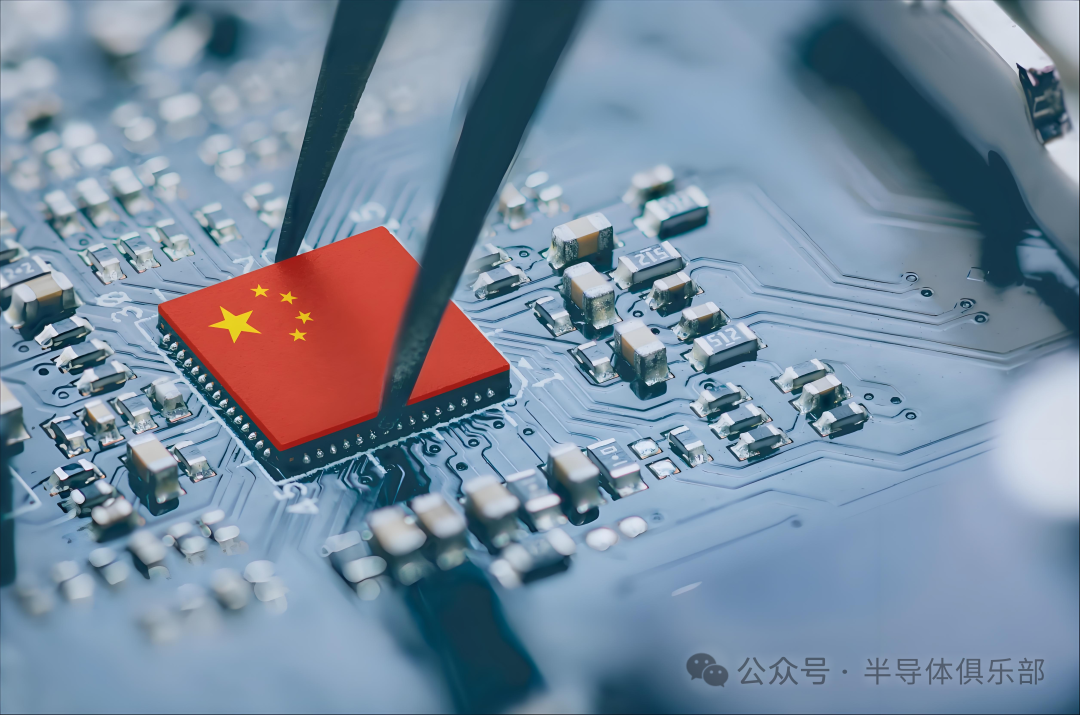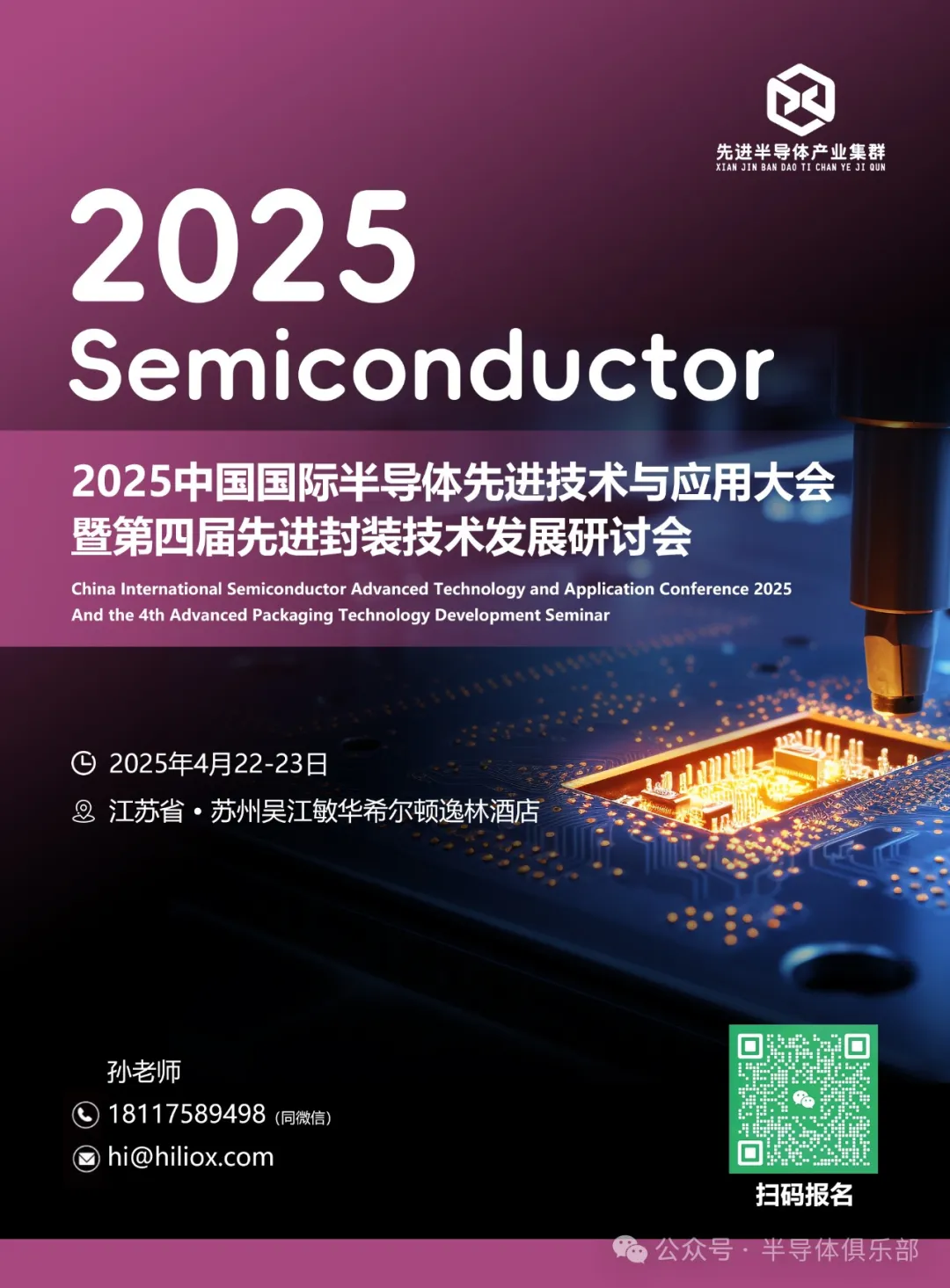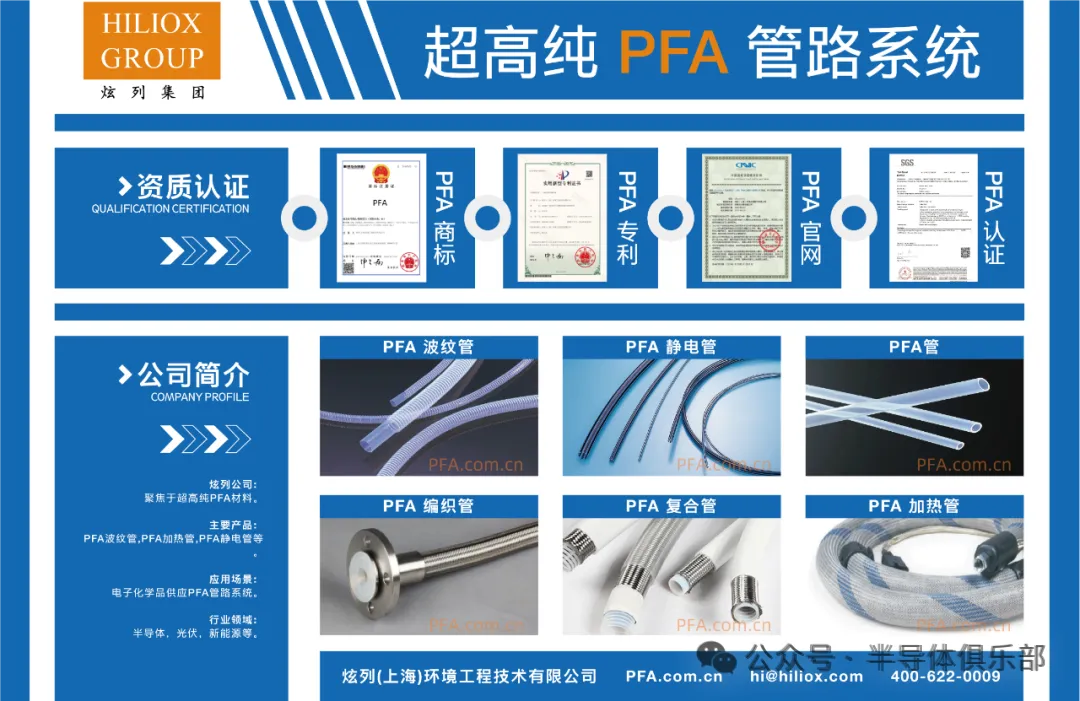
Introduction
Since the United States announced a 245% tariff on Chinese imports in April 2025, trade tensions between China and the U.S. have escalated once again. As a core area of technological competition, the semiconductor industry has become the focal point of this tariff game. This article will deeply analyze the impact of tariffs on the global semiconductor supply chain, revealing the response strategies and future opportunities for the Chinese semiconductor industry.
1. Direct Impacts of Tariff Escalation: Costs, Supply Chains, and Technological Barriers
-
Surge in Import Costs and Acceleration of Domestic SubstitutionThe U.S. tariffs on semiconductor products imported from China, combined with previously implemented tariffs, have resulted in comprehensive tax rates exceeding 50% for certain categories. China’s counter-tariffs cover all semiconductor products originating from the U.S., directly affecting the import costs of high-end products such as NVIDIA’s H20 chip and TI’s analog chips. According to JPMorgan analysis, U.S. IDM manufacturers (like TI) are significantly impacted due to their reliance on Southeast Asia for packaging, while domestic equipment manufacturers (WFE) in China are experiencing a development window due to increased localization rates.4.
Key Data: In 2024, China’s imports of semiconductor products from the U.S. are expected to amount to approximately 123.04 billion yuan, accounting for 3.76% of total semiconductor imports, but the dependence on high-end processors and GPUs remains high.7.
-
Reconstruction of the “Dual-Track” Supply ChainTariff policies are forcing companies to adjust their global layouts:
-
“China +1” Strategy: Companies like Luxshare Precision and Lens Technology are accelerating the establishment of factories in Mexico and Europe to avoid tariff risks.6;
-
Origin Rules Game: The China Semiconductor Industry Association has clarified that “the place of tape-out is the place of origin,” weakening the path for U.S. fabless companies (like Qualcomm and AMD) to evade tariffs through TSMC’s foundry services.28.
Increased Difficulty in Technology AcquisitionThe U.S. continues to tighten export controls on equipment below 14nm, compounded by tariff barriers, leading to a potential increase of over 50% in the import costs of advanced process equipment for China. Foundries like SMIC and Hua Hong are accelerating the shift to domestic equipment, with orders for domestic equipment manufacturers like Northern Huachuang and Zhongwei expected to grow by 30%-40% by 2025.8.
2. Restructuring of the Industry Landscape: From Global Division of Labor to Regional Competition
-
Deep Optimization of Mature ProcessesIn response to U.S. restrictions on mature processes of 28nm and above, China is enhancing its competitiveness through a “precision farming strategy”: SMIC has achieved a yield rate of over 95% for 28nm, and Huawei’s Kirin 710A chip is being widely used in the Internet of Things, pushing China’s share of global mature process capacity to 35% by 2024.5.
-
Roundabout Breakthroughs in Advanced Processes
-
Chiplet Technology: Companies like Cambrian are integrating chiplets to bypass EUV lithography restrictions, with mass production expected by 2026.5;
-
Third-Generation Semiconductors: BYD Semiconductor’s market share of silicon carbide substrates has surpassed 20%, collaborating with Infineon to establish a global supply chain.5.
Structural Opportunities Driven by AI Computing PowerThe release of NVIDIA’s Blackwell Ultra architecture GPU has intensified the competition for computing power; China’s Ascend and Haiguang chips benefit from domestic substitution, with the three major telecom operators expected to invest over 100 billion yuan in computing power by 2025, driving a surge in demand for AI chips.16.
3. Strategies for Breaking the Deadlock in China’s Semiconductor Industry
-
Policy Guidance: Strengthening the Foundation of Domestic Production
-
Financial Support: The National Integrated Circuit Industry Investment Fund’s third phase focuses on advanced process R&D, while local governments attract international production capacity (such as Korea’s Nextin expanding in Wuxi) through tax incentives.8;
-
Standard Setting: Leading the formulation of “Small Chip Interface Bus Technical Requirements” to form a “dual-track competition” with the UCIe international standard, vying for technological discourse power.5.
Corporate Breakthroughs: Technological Innovation and Ecological Synergy
-
Differentiated Innovation: Sierrawave and Naxin Micro are focusing on automotive and industrial analog chips, with localization rates breaking through from 15% to 30%.2;
-
Industry Chain Integration: Huawei HiSilicon is collaborating with SMIC to develop a “device-process-material” collaborative innovation model, shortening R&D cycles.5.
Supply Chain Resilience: Diversification and Regionalization
-
Non-U.S. Technology Cooperation: Signing long-term agreements with European automotive companies to reduce dependence on U.S. memory chips;
-
Capacity Backup: SMIC is co-building production lines in Europe with STMicroelectronics to balance geopolitical risks.5.
4. Future Outlook: Long-Term Game Amidst Ice and Fire
In the short term, tariffs exacerbate supply chain pains, but in the long term, they will accelerate three major trends:
-
Deepening Domestic Substitution: By 2025, China’s semiconductor self-sufficiency rate may reach 70%, with breakthrough windows in areas like lithography machines and EDA tools.8;
-
Differentiation of Technological Paths: Emerging tracks such as Chiplet, quantum computing, and integrated storage and computing will be key to breakthroughs;
-
Global Competition in “Dual Tracks”: The technology standards and supply chain systems led by China and the U.S. will run in parallel, requiring companies to flexibly respond to regional demands.
5. Conclusion
The essence of the China-U.S. tariff war is a struggle for technological dominance. For China’s semiconductor industry, the crisis harbors opportunities for “forced innovation.” Only by adhering to technological independence, ecological synergy, and a global perspective can we achieve a leap from “follower” to “leader” in this game.
<End of Article>
Disclaimer:All images and text above are sourced from the internet, and the reproduction is for sharing and learning purposes only, not for any other commercial use! If there is any infringement, please contact us for resolution.




Scan the QR code above to join the Semiconductor Club WeChat group!
Semiconductor Club
WeChat Name: Xuanlie
WeChat ID: hiliox-china
Email: [email protected]